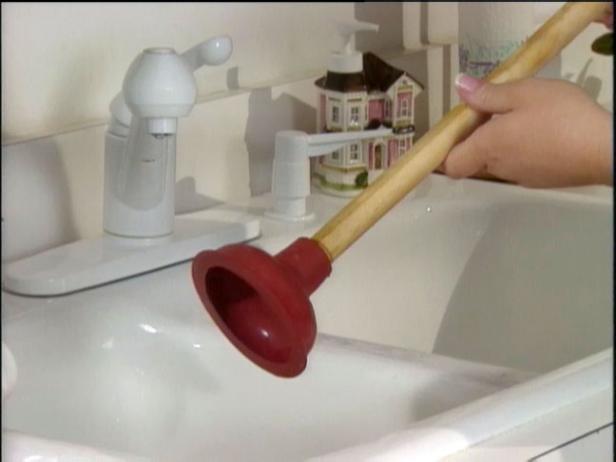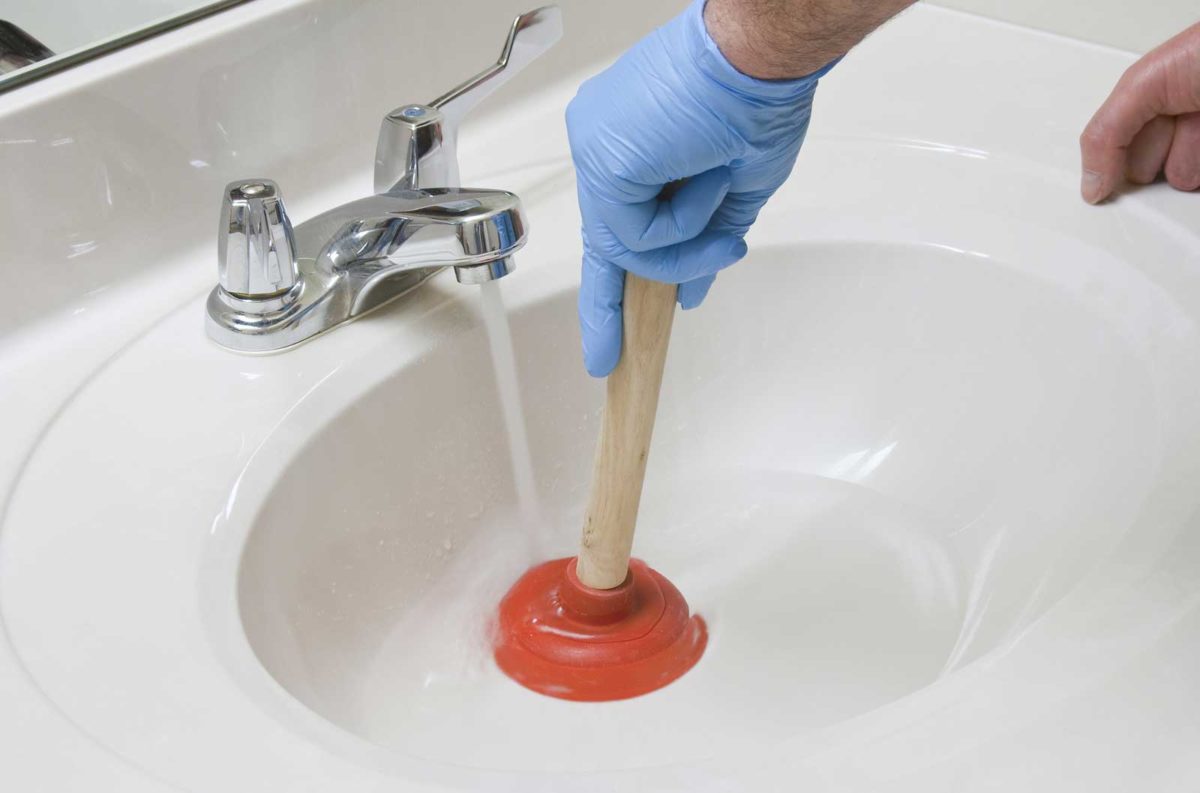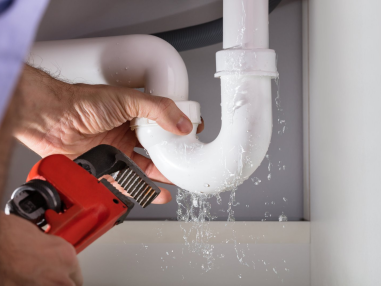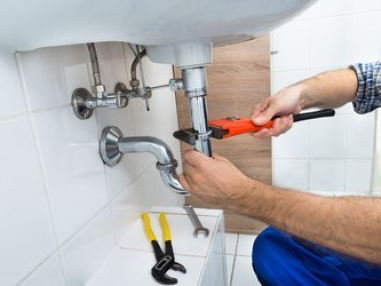

Here are some methods you can try to remove a wash basin blockage, listed from easiest to potentially more involved:
1. Boiling Water:
This is a quick and simple method for dealing with blockages caused by grease, soap scum, or hair.
Boil a kettle of water.
Carefully pour the boiling water down the drain.
Wait 15-30 minutes for the hot water to break down the blockage.
Flush the drain with hot tap water to see if the clog has cleared.
2. Baking Soda and Vinegar:
This is another common household remedy for drain clogs. The combination of baking soda and vinegar creates a fizzing reaction that can help loosen debris.
Materials: Baking soda, white vinegar, bucket (optional)
Method:
Pour half a cup of baking soda down the drain.
Follow it with a cup of white vinegar.
The mixture will fizz and bubble – this is normal.
Let it sit for 15-30 minutes.
Flush the drain with hot tap water.
If the clog persists, you can repeat the process.
3. Plunger:
A plunger can be effective for clogs located closer to the drain opening.
Make sure the sink is partially filled with water to create a good seal around the plunger.
Place the plunger over the drain opening and plunge forcefully for several pumps.
After plunging, remove the plunger and flush the drain with hot tap water to see if the clog is cleared.
4. Drain Snake (Zip-it tool):
A drain snake, also known as a zip-it tool, is a long, flexible metal cable that can be inserted into the drain to snag and remove hair and other debris.
Insert the snake slowly down the drain, turning the handle as you feed it in.
Once you feel resistance, you might have snagged the clog.
Slowly pull out the snake, removing any debris that comes with it.
Flush the drain with hot tap water to check if the clog is cleared.
5. Commercial Drain Cleaner:
Commercial drain cleaners can be harsh chemicals, so use them as a last resort and strictly follow the manufacturer's instructions.
Warning: Never mix drain cleaner with other cleaning products, as it can create harmful fumes.
Wear gloves and eye protection when using a drain cleaner.
Pour the drain cleaner down the drain according to the manufacturer's instructions.
Leave it to sit for the recommended time.
Flush the drain with hot tap water to see if the clog is cleared.
Be aware that some drain cleaners can damage pipes if not used properly.
If none of these methods work, it might be time to call a professional plumber. They will have the tools and expertise to diagnose the cause of the blockage and
remove it safely.
Here are some additional tips:
Preventative Measures: Regularly cleaning your drain with a drain guard or drain screen can help prevent clogs from forming in the first place.
Avoid pouring grease or food scraps down the drain.
Don't use harsh chemicals on a regular basis to avoid damaging your pipes.

